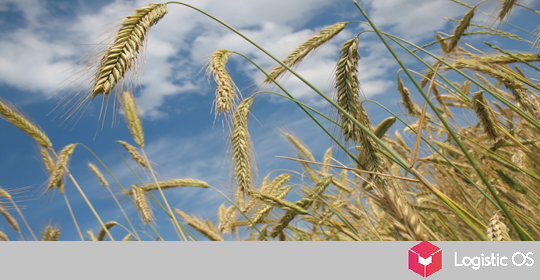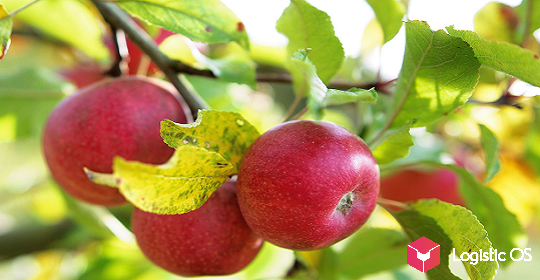Over the past fiscal year (ended June), the channel earned $5.84 billion.
A similar indicator in the 2019/2020 financial year was $5.72 billion.
In the first half of 2021, revenues for the channel, which provides 12% of global trade, grew by 8.6% year-on-year to reach $3 billion.
Since the beginning of 2021, the number and tonnage of ships passing through the Suez Canal has increased significantly:
The number of vessels — 9 763 (the same period last year 9 546). Growth 2.3%
Total cargo — 610 million tons (last year — 587.7 million tons). Growth 3.8%
According to the head of the Suez Canal Directorate, Lieutenant General Osama Rabia, such an increase was achieved due to a flexible pricing and marketing policy, which allowed not only to maintain transit rates for ships, but also to win the trust of customers.
Over the past year, the number of different types of vessels crossing the canal has also increased:
Gas carriers — by 24%
Container ships — by 9.7%
Dry cargo ships — by 5%
Ships carrying cars — by 27.8%.
In the spring of 2021, the waterway connecting the Mediterranean and the Red Sea attracted worldwide attention due to the incident involving the container ship Ever Given.
The vessel, 400 meters long and 59 meters wide, was heading from China to Rotterdam under the Panama flag and ran aground on March 23, blocking the Suez Canal for 6 days and blocking the movement of about 370 tankers and bulk carriers.
«The most expensive traffic jam in history» was generating $6.66 million in losses every minute.
107 days after being floated, the container ship Ever Given was under arrest.
On July 7, an amicable agreement was signed between the channel management and a representative of the ship’s owner.
Financial compensation will amount to $540 million: $240 million will be paid initially, another $300 million — in installments within a year.
The channel will also receive a modern tugboat.
On the day the agreement was signed, the container ship Ever Given continued its route to Rotterdam.
The Suez Canal is one of the main sources of income for Egypt, along with oil production, tourism and agriculture.
After nationalizing the structure in 1956, the Egyptian authorities set a toll for ships passing through it, comparable to the cost of fuel that the ships would have spent paving the way around.
The carriers received savings in transportation time almost a week, and the Egyptian authorities are one of the largest sources of money for the treasury.
The Egyptian authorities expect that by 2023 the republic’s revenues from the canal will equal the revenues from the tourism sector and amount to over $13 billion.

